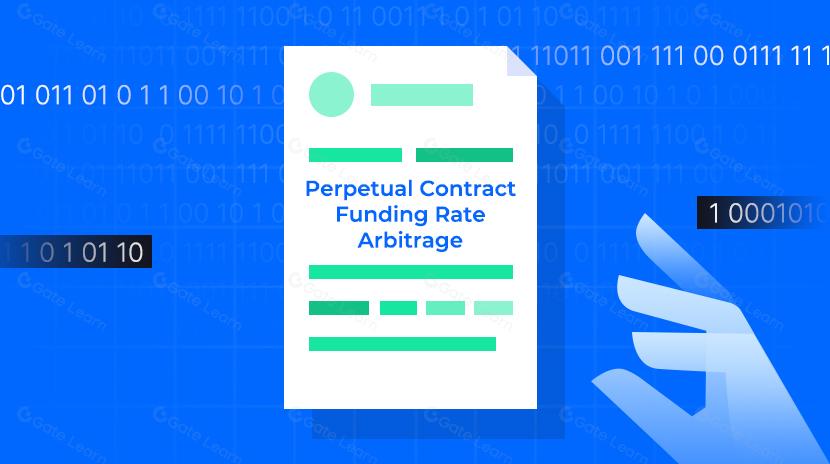cryptocurrency contract signals

Cryptocurrency contract signals refer to trading prompts generated through technical analysis, market indicators, or algorithmic models in the cryptocurrency derivatives market, helping traders identify potential entry and exit points. These signals are typically based on analysis of price movements, trading volumes, market sentiment, and other factors, providing decision support for leveraged trading, futures, and options contracts. In the highly volatile crypto market, contract signal systems have become an important tool for many traders to manage risk and optimize trading strategies, playing a key role particularly in automated trading and quantitative investment.
Key Features of Cryptocurrency Contract Signals
Cryptocurrency contract signals have the following core characteristics:
- Diversity of Signal Sources:
- Technical analysis indicators: Including moving average crossovers, RSI overbought/oversold conditions, MACD histogram reversals, and other classic indicators
- Market sentiment indicators: Such as fear and greed index, futures premium rate, changes in open interest, etc.
- On-chain data: Monitoring of large transfers, wallet address activity, miner behavior, and other transparent blockchain data
- AI prediction models: Using machine learning algorithms to analyze historical patterns and market correlations
- Signal Distribution Methods:
- Social media groups: Paid or free signal groups on platforms like Telegram and Discord
- Signal subscription services: Paid signal subscriptions provided by professional trading firms
- Automated trading systems: Direct integration with trading APIs, enabling execution without human intervention
- Smart contract alerts: On-chain notifications automatically triggered based on blockchain conditions
- Flexible Time Frames:
- Short-term signals: Short-term trading signals targeting minute and hourly level fluctuations
- Medium-term signals: Swing trading signals based on daily and weekly charts
- Long-term signals: Long-term position management signals focusing on monthly trends
- Risk Management Integration:
- Stop-loss recommendations: Risk control parameters attached to each signal
- Position sizing: Fund allocation recommendations based on market conditions and signal strength
- Leverage recommendations: Guidance on using leverage based on signal reliability
Market Impact of Cryptocurrency Contract Signals
Cryptocurrency contract signal services have multiple impacts on the market:
Enhanced Contract Market Liquidity: Signal services encourage more traders to participate in the contract market, increasing market depth and liquidity. When mainstream signal providers issue similar signals, it may lead to short-term liquidity concentration, forming more pronounced market trends.
Changes in Information Asymmetry: High-quality signal services narrow the information gap between institutions and retail traders, providing ordinary traders with opportunities to access near-professional analysis. However, this also creates new asymmetries between signal subscribers and non-subscribers.
Price Volatility Amplification Effect: When many traders follow the same signal, market volatility tends to be amplified. Particularly in popular signal services, "signal crowding" may occur, causing originally reliable strategies to fail due to overcrowding.
Trader Behavior Changes: Market participants increasingly rely on signal systems, reducing independent analysis and decision-making. This changes market participation methods and reaction patterns, potentially increasing the risk of herd behavior.
Risks and Challenges of Cryptocurrency Contract Signals
Using cryptocurrency contract signals involves multiple risks and challenges:
- Reliability and Accuracy Issues:
- Overfitting risk: Many signal systems perform excellently in backtesting but fall short in actual markets
- Changing market conditions: The crypto market is rapidly evolving, making yesterday's effective signal patterns potentially invalid today
- Low signal-to-noise ratio: Especially during high volatility periods, systems may generate numerous false signals, increasing trading costs and risks
- Regulatory and Compliance Risks:
- Regulatory gray areas: Many signal services are not properly regulated, lacking transparency and accountability mechanisms
- Market manipulation risk: Some signal providers may engage in practices like "pump before recommendation"
- Cross-border regulatory challenges: Different jurisdictions have varying requirements for investment advice and signal services
- Technology Dependency Risks:
- Signal delays: In highly volatile markets, delays in receiving and executing signals can lead to significant losses
- System failures: Technical failures in signal generation or distribution systems may cause missed important trading opportunities
- API limitations: Exchange API restrictions may affect the efficiency and speed of automatic signal execution
- Psychological Dependency Risks:
- Over-reliance on external signals: Weakening traders' own judgment abilities and market perception
- FOMO effect: Fear of missing out triggered by signals may lead to irrational trading decisions
- Attribution bias: Attributing success to the signal system and failure to external factors, hindering genuine learning
As a trading assistance tool, cryptocurrency contract signals, despite numerous challenges, can be a valuable reference in traders' decision-making processes when used correctly. Best practice is to view signals as part of a trading strategy, not the entirety, and to combine them with personal risk preferences and market understanding for independent thinking. With advancements in blockchain technology and algorithmic analysis, contract signal systems are expected to further improve in accuracy, transparency, and personalization.
Share
Related Articles

Perpetual Contract Funding Rate Arbitrage Strategy in 2025

Spot Grid Trading User Guide (Basic Version)
